Introduction to Omaha Hi/Lo Poker
Omaha Hi/Lo Poker, also known as Omaha 8 or Better, is a popular variation of poker that offers a unique twist to the traditional game of Omaha. The uniqueness of this game lies in its dual nature, as the pot is often split between the highest and lowest hand at the table.
Brief Overview of Omaha Hi/Lo
Omaha Hi/Lo is a split-pot game where players aim to create the best high hand and the best low hand. Each player receives four private cards (hole cards) and shares five community cards. The objective is to use exactly two hole cards and three community cards to make the best five-card high hand and/or the best five-card low hand. For a hand to qualify as a low hand, all cards must be eight or lower (hence the name Omaha 8 or Better). If there’s no qualifying low hand, the best high hand wins the entire pot.
Omaha Hi/Lo is a complex game that requires strategic decision-making and a thorough understanding of poker rules and concepts. For more detailed rules and gameplay, refer to our omaha hi/lo rules guide.
Importance of Starting Hands in Omaha Hi/Lo
In Omaha Hi/Lo, the starting hands play a crucial role in determining your chances of winning. Given the split-pot nature of the game, a player must aim to play hands that have the potential to win both the high and the low pot. This increases their chances of scooping the entire pot or at least getting half of it.
The importance of omaha hi/lo starting hands cannot be overstated. A strong starting hand in Omaha Hi/Lo is one that has the potential to develop into a strong high or low hand. Players must also consider their position, the action in front of them and how their hand is likely to fare against their opponents’ range of hands.
Understanding the significance of starting hands and how to play them can greatly increase a player’s chances of success. For more insights on starting hands strategies, refer to our omaha hi/lo strategy guide.
In the next sections, we will delve deeper into the strategies associated with starting hands in Omaha Hi/Lo, and provide tips to avoid common mistakes and enhance your gameplay.
Understanding Omaha Hi/Lo Starting Hands
When it comes to mastering Omaha Hi/Lo poker, a crucial aspect to understand is starting hands. Their importance in shaping your game cannot be overstated.
What are Starting Hands?
In Omaha Hi/Lo, each player is dealt four private cards (known as ‘hole cards’) that belong to them alone. These four cards are the player’s starting hand. Five community cards are dealt face-up on the ‘board’. In Omaha games, all players use exactly three of the community cards together with exactly two of their hole cards to make the best five-card poker hand.
The best starting hands are those that have the potential to win both the high and the low pot, also known as ‘scooping’ the pot. Here are some examples of strong Omaha Hi/Lo starting hands:
High Hands:
 A♠️ |    A♣️ | 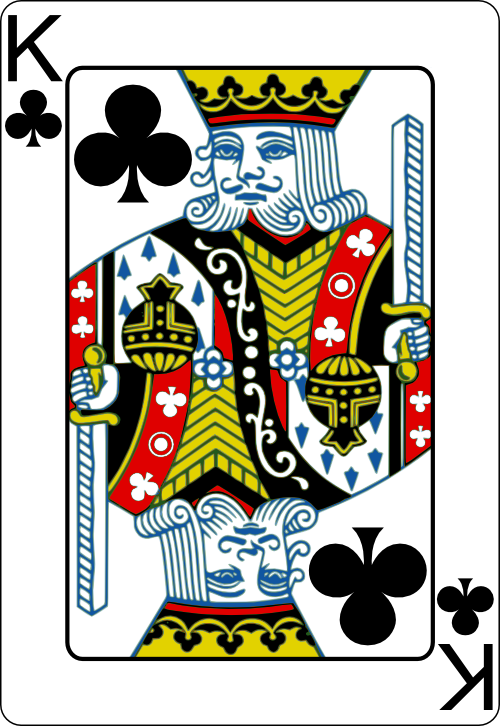    K♣️ |    K♠️ |
         A♠️ |    A♣️ |   K♣️ |   K♠️ |
         A♠️ |   K♥️ |     K♣️ |   J♦️ |
Low Hands:
         A♠️ | 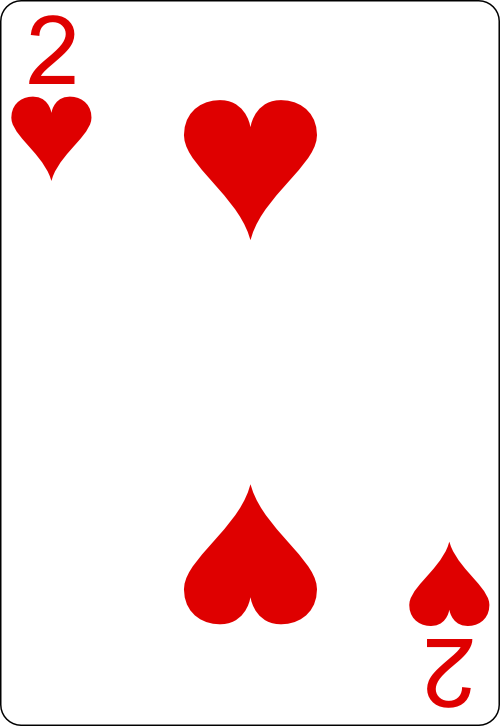      2♥️ |   3♦️ |   4♠️ |
         A♠️ |       2♥️ | 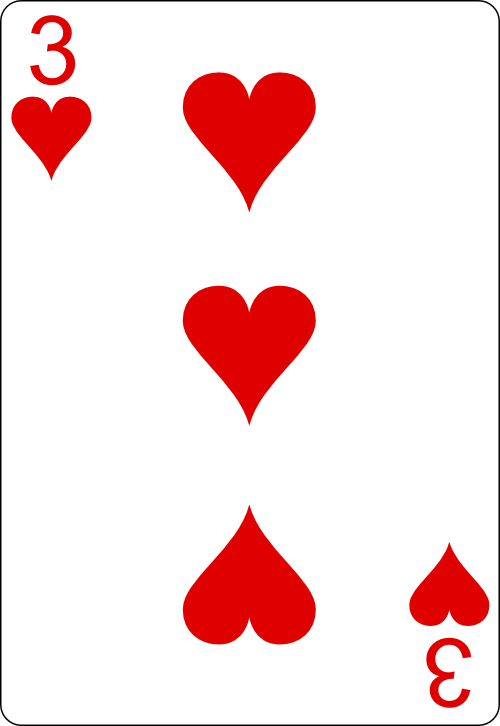  3♥️ | 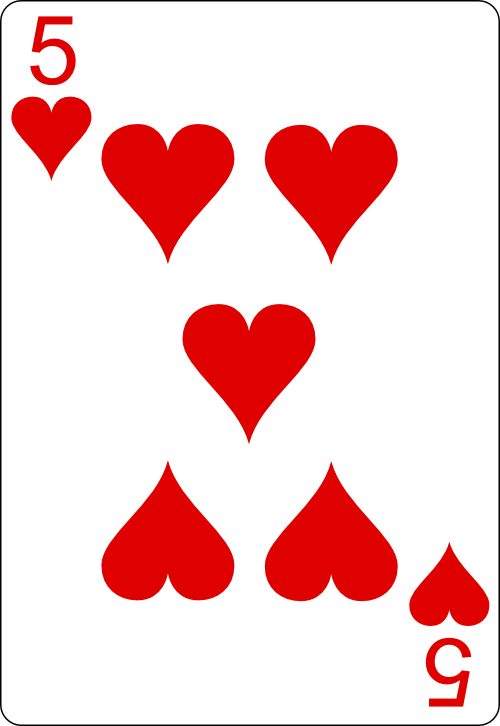  4♥️ |
Both Hi and Lo Hands:
         A♠️ |       2♥️ |    K♠️ |     K♣️ |
         A♠️ |       2♥️ | 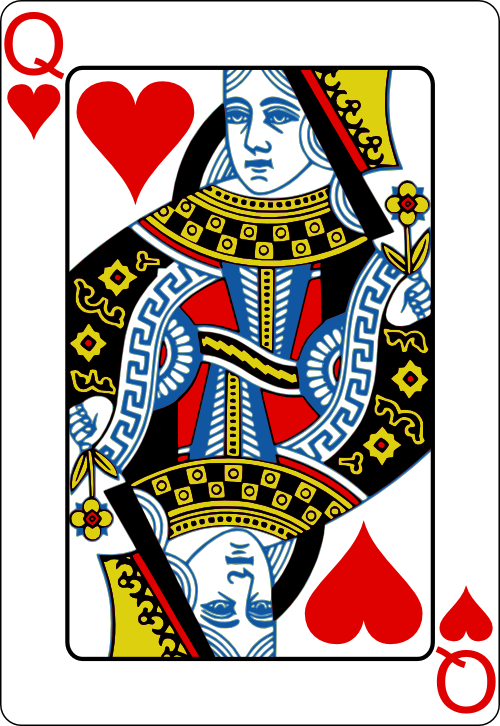  Q♥️ | 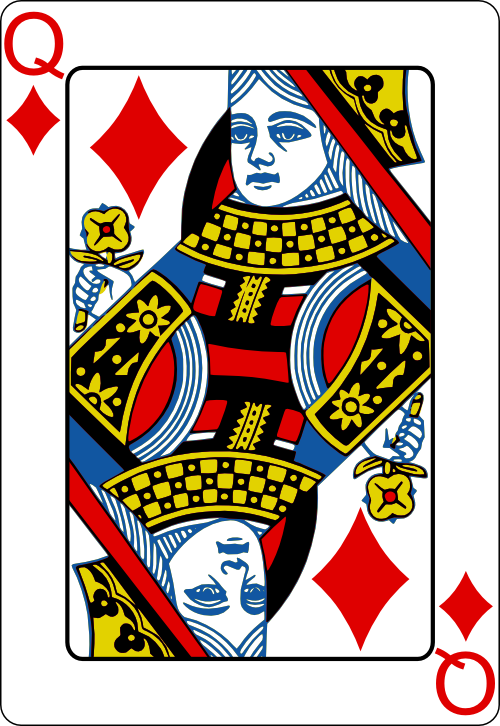  Q♦️ |
         A♠️ |       2♥️ |   J♠️ |   10♣️ |
| High Hands | Low Hands | Both Hi and Lo |
|---|---|---|
| A-A-K-K | A-2-3-4 | A-2-K-K |
| A-A-Q-Q | A-2-4-5 | A-2-Q-Q |
| A-K-Q-J | A-2-3-5 | A-2-J-10 |
For a more detailed list of the best starting hands, check out our article on omaha hi/lo best hands.
How Starting Hands Impact Your Game
The starting hands in Omaha Hi/Lo can significantly impact the subsequent strategies and the outcome of the game. A strong starting hand in Omaha Hi/Lo gives you a better chance at creating a winning hand during the flop, turn, and river stages of the game.
Playing with strong starting hands also allows you to play more aggressively, putting pressure on your opponents and potentially leading them to make mistakes. On the other hand, a weak starting hand can put you on the defensive and make it more difficult for you to control the game.
It’s important to remember that while starting hands are crucial, they are not the be-all and end-all of the game. Poker is a game of skill and strategy, and understanding how to play beyond the starting hand is key. You need to be able to assess the strength of your hand after the community cards are dealt and adjust your strategy accordingly. To learn more about these strategies, visit our omaha hi/lo strategy guide.
Remember, the strength of your omaha hi/lo starting hands can set the tone for the rest of the game, so choose wisely and play smart.
Essential Omaha Hi/Lo Starting Hands Strategies
One of the key aspects of succeeding in Omaha Hi/Lo is understanding and executing the proper strategies with your starting hands. Different types of starting hands in Omaha Hi/Lo require different strategies, including playing high hands, low hands, and hands with potential for both high and low.
Playing High Hands
In Omaha Hi/Lo, high hands typically consist of pairs, sequential numbers, or suited cards. These hands have the potential to form high-ranking poker hands such as flushes, straights, and full houses. When playing high hands, the goal is to scoop the high pot.
The strategy here is to be aggressive pre-flop if you hold premium high hands. You want to narrow down the field and go to the flop with fewer opponents. Players should aim to maximize their winnings when they have a strong high hand and minimize their losses when their high hand doesn’t materialize. For more information on playing high hands, check out our article on Omaha Hi/Lo best hands.
Playing Low Hands
Low hands in Omaha Hi/Lo are those that have the potential to form the lowest possible hand, often called the “low”. These hands typically consist of cards valued between Ace and 5. The best low hand in Omaha Hi/Lo is A-2-3-4-5, also known as the “wheel”.
The key to playing low hands is to be patient and strategic. You should aim to see the flop cheaply and fold if the flop does not provide a strong possibility of making the low. It’s also important to remember that low hands can be counterfeited if the board pairs, so always consider the potential for your low hand to be outdrawn. To deepen your understanding of playing low hands, visit our Omaha Hi/Lo beginner’s guide.
Playing Hands with Potential for Both Hi and Lo
The most potent starting hands in Omaha Hi/Lo are those with the potential to win both the high and the low pot, often referred to as ‘scooping the pot’. These hands typically include combinations of low cards with at least one or two high cards.
The strategy for these hands is to play them aggressively, as they have the potential to yield the highest profits. However, it’s important to be mindful of the community cards and how they affect your hand potential. If the board is unfavorable, be prepared to fold these hands to avoid unnecessary losses. To learn more about this strategy, check out our detailed article on Omaha Hi/Lo strategy.
By learning how to effectively play high hands, low hands, and hands with potential for both high and low, you can significantly improve your performance in Omaha Hi/Lo. Remember, understanding your starting hands and implementing the right strategies can be the difference between a winning and losing game.
Common Mistakes to Avoid
When it comes to mastering Omaha Hi/Lo, avoiding common mistakes is key to improving your gameplay. While understanding the rules and best hands is fundamental, it’s equally vital to be aware of the pitfalls that can hinder your progress.
Overplaying Weak Hands
One of the most common mistakes in Omaha Hi/Lo is overplaying weak hands. It’s crucial to remember that not all starting hands are created equal. Attempting to play with weak or marginal Omaha Hi/Lo starting hands can lead to substantial losses.
Players often fall into the trap of playing too many hands, particularly when they are dealt a low hand. While it’s tempting to play these hands with the hope of splitting the pot, it’s important to be discerning about your starting hands. When you’re just starting out, stick to playing strong hands and gradually expand your range as you gain more experience.
Ignoring Position
Another common mistake is disregarding your position at the table. The position can significantly impact your strategy, particularly when it comes to deciding which starting hands to play.
In early positions, it’s advisable to play only the strongest hands. As you move to later positions, you can afford to play slightly weaker hands, as you’ll have more information about your opponents’ actions. Ignoring your position and playing the same range of hands regardless of where you are seated is a flawed strategy that can cost you valuable chips.
Failing to Adapt to Table Dynamics
Lastly, failing to adapt to table dynamics is a mistake that can hinder your success in Omaha Hi/Lo. It’s essential to adjust your play based on the actions and tendencies of your opponents. This means being observant, picking up on betting patterns, and understanding when to be aggressive or conservative.
For instance, if you notice that your opponents are playing tight, you can afford to be more aggressive with your starting hands. On the other hand, if your opponents are playing loose and aggressive, you might want to tighten up your starting hand selection and play more conservatively.
Avoiding these common mistakes can greatly improve your Omaha Hi/Lo game. As with any poker variant, gaining a solid understanding of the game’s fundamentals and learning from your mistakes are the keys to success. Check out our beginner’s guide and strategy articles to further enhance your Omaha Hi/Lo skills.
Advanced Tips for Omaha Hi/Lo Starting Hands
Mastering the game of Omaha Hi/Lo goes far beyond understanding “omaha hi/lo starting hands.” Advanced strategies such as understanding pot odds, balancing your range, and reading your opponents can significantly enhance your game.
Understanding Pot Odds
Comprehending pot odds is crucial for making informed decisions in Omaha Hi/Lo. Pot odds are the ratio of the current size of the pot to the cost of a contemplated call. This concept helps in determining whether a call, raise or fold would be the most profitable decision.
To calculate pot odds, divide the total amount you would need to call by the total amount in the pot. For instance, if the pot is $100, and you must call $20, the pot odds are 5:1, implying the pot is five times larger than the cost of the call.
| Pot Size | Call Amount | Pot Odds |
|---|---|---|
| $100 | $20 | 5:1 |
| $150 | $30 | 5:1 |
| $200 | $40 | 5:1 |
For more on the role of pot odds in Omaha Hi/Lo, refer to our omaha hi/lo strategy guide.
Balancing Your Range
In Omaha Hi/Lo, it’s vital to maintain a balanced range of starting hands. This means you should play a mix of hands, including high hands, low hands, and hands with the potential for both. By keeping a balanced range, you make it harder for opponents to predict your playing style, giving you an edge.
Balancing your range involves more than just playing a variety of hands. It also means varying your play with the same hand in different situations. Sometimes, you might fold a hand pre-flop, while in other situations, you might raise with the same hand.
A balanced range can be the difference between winning and losing in Omaha Hi/Lo. For more on balancing your range, visit our omaha hi/lo best hands article.
Reading Your Opponents
Reading your opponents is a skill that separates average players from poker pros. Understanding your opponents’ tendencies, habits, and playing styles can provide valuable insights into their likely hands.
Look for patterns in their play. Do they tend to be aggressive with strong starting hands? Do they bluff often? Are they cautious or fearless? Remember, every piece of information can be leveraged to your advantage.
Reading opponents is not just about observing their actions. It’s also about using these observations to influence your decisions. By accurately reading your opponents, you can make more informed decisions about when to call, fold, or raise. For more on reading opponents and other advanced strategies, check out our omaha hi/lo beginner’s guide.

